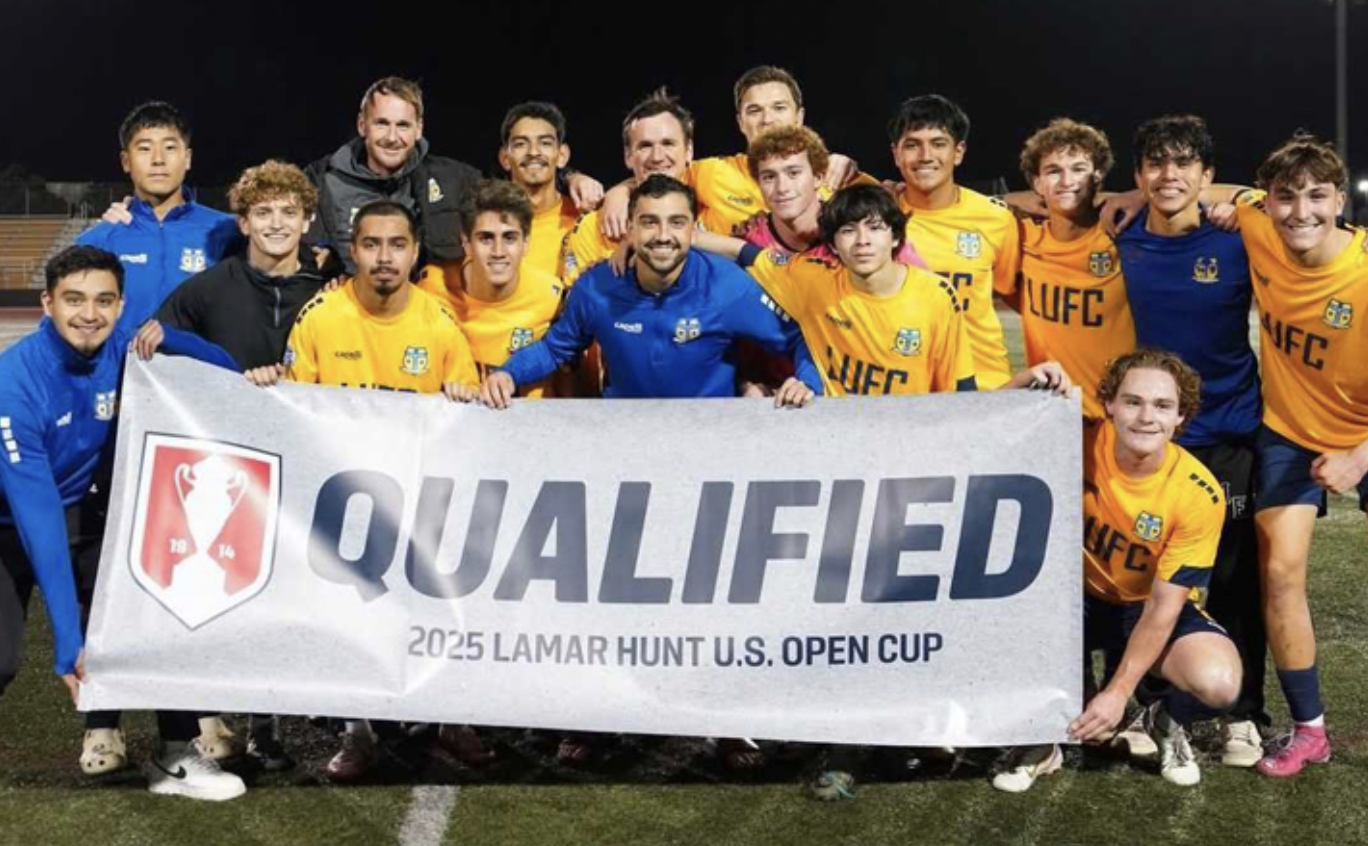February 10 – The oldest knockout competition in the USA kicks off with a 32-game First Round between March 18 and 20 made up exclusively of Professional versus Amateur contests.
There are 14 amateur teams left in the tournament after last year’s qualifying rounds including the 2024 USASA National Amateur Champion NY Pancyprian Freedoms, the UPSL Spring Champion Soda City FC of South Carolina, seven teams from the National Premier Soccer League (NPSL) and nine clubs more from USL League Two.
Their opponents from the Professional ranks will be eight clubs from the Division II USL Championship, 14 from the Division III USL League One, and 10 from MLS NEXT Pro.
Missing from the tournament are 14 Major League Soccer (MLS) Clubs, who instead will compete in the third edition of the Leagues Cup. The remaining 16 MLS teams will join the Open Cup competition in the third round.
This is the second year in a row that sees the Open Cup First Round comprised exclusively of Pro vs. Amateur matchups – thus creating massive potential for dramatic outcomes and underdog storylines.
The First Round will feature a pair of same-city matchups – with Inter Miami CF II of MLS NEXT Pro hosting famed giant-killers Miami United FC of the UPSL, playing in their third consecutive Open Cup Proper and hoping to knock off a professional team for the second year running. There’s also an Oklahoma-based clash between top amateur side Tulsa Athletic and crosstown USL Championship pros FC Tulsa in a rematch of the game that sent Athletic on their Cinderella run as the top amateur finisher of the 2023 Open Cup.
Of the 14 winners of the 2025 Open Cup Qualifying Rounds, eight are first-timers: CD Faialense (Massachusetts), Harbour City FC (Florida), Laguna United FC (California), NJ Alliance (New Jersey), NY Renegades (New York), Southern Indiana FC (Indiana), Virginia Dream (Virginia) and Washington AC (Washington State).
For the 2025 First Round, teams were paired on a geographic basis with the restriction that each professional team was matched with a team from the Open Division. Hosts were determined by random selection when each team applied to host with a venue that met the competition standard. Random selection was also used in cases where there was no logical geographic fit or there were more than two teams from the same proximity.
Contact the writer of this story, Nick Webster, at moc.l1739260859labto1739260859ofdlr1739260859owedi1739260859sni@o1739260859fni1739260859

